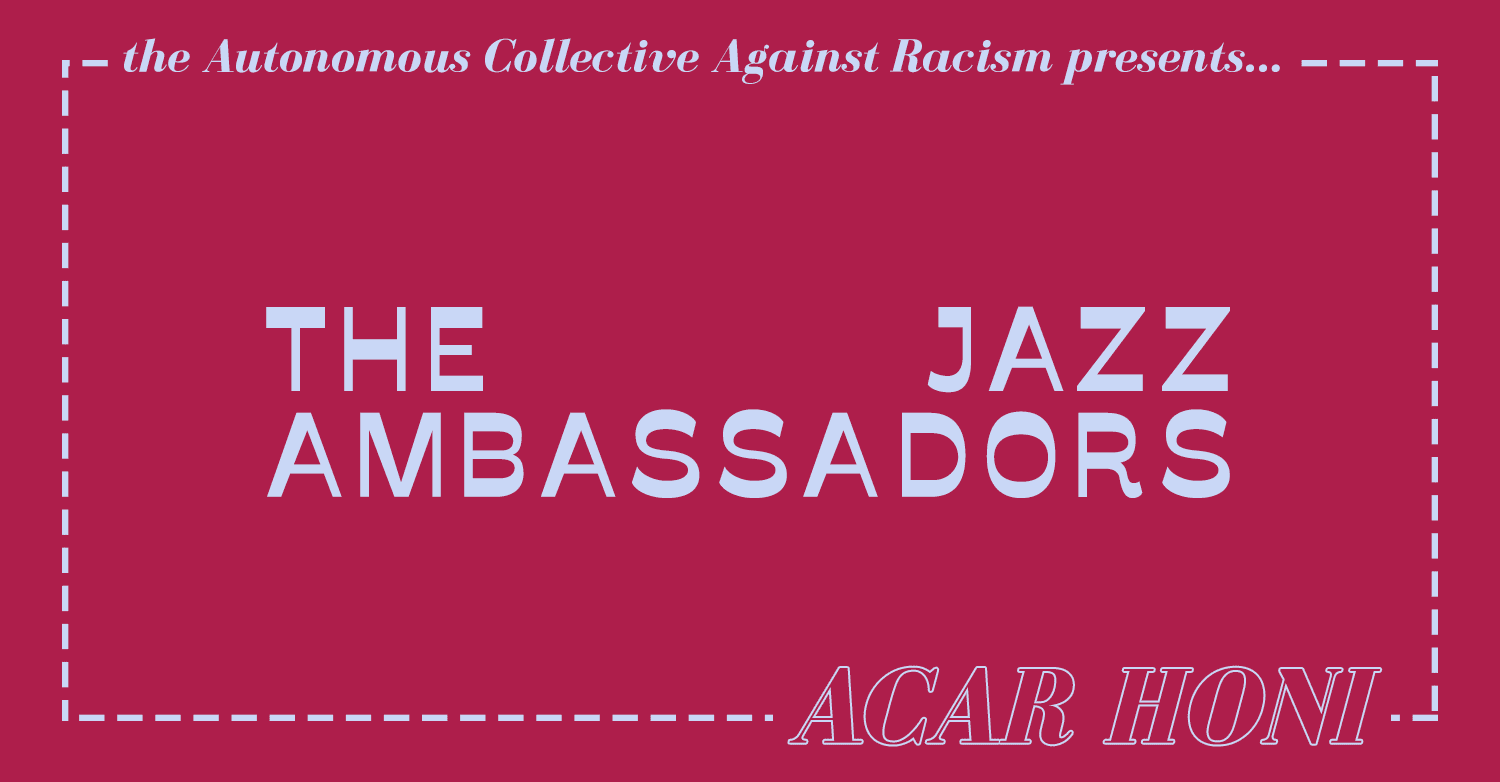In 1956, the great trumpeter Louis Armstrong and his all-stars played a concert in Accra, Ghana, to a crowd of over one hundred thousand people. It was the band’s first time in Ghana, and they were amazed at the incredible reception that they received. This exact concert could not have been played in Armstrong’s home town of New Orleans. At the time, racially integrated concerts were banned and Armstrong’s all-stars included two white musicians.
Armstrong’s story is a part of a broader culture war waged by the United States against the Soviet Union; a tale of how the United States (US) used its black artists and musicians to showcase a façade of American homogeneity at a time where it could not have been more divided. This was the story of the Jazz Ambassadors.
Conception
The United States of the 1950s was a hugely divided country. Racial tensions were as high as ever as a state-mandated apartheid between white and African American populations was maintained. The USSR, seeing a chance for effective propaganda, often highlighted the hypocrisy between the US’ international promotion of democracy and the violent oppression of minorities domestically. This propaganda was effective at winning over post-colonial countries in Asia and Africa. They were sympathetic to the plight of African-Americans in the US and saw it as a colonial oppressor not at all dissimilar to the ones that they had overthrown.
American policymakers saw race as their Achilles heel on an international stage. However, the success of Armstrong’s concert in Ghana renewed hope for US foreign policy and policymakers saw an opportunity to win the culture war over the USSR through exporting jazz music. The recently created United States Information Agency (USIA) jumped at the chance to showcase cooperation and friendship between white and black artists.
The jazz musician ultimately chosen to represent the US as a jazz ambassador was Dizzy Gillespie, who to this day is considered one of the greatest trumpeters of all time. Gillespie’s job was simple: he was to tour the globe and win the hearts and minds of the people who he performed to.
The Tour
The tour was a smashing success on all fronts. Gillespie himself stated that it was the single best tour of his life. The reception that the band received in each country far exceeded the expectations of both the band and the USIA; they were receiving standing ovations wherever they went.
The band was often asked their views on the racial segregation that took place in the USUS. In bold defiance of the orders they had been given by the USIA, they responded with a frank condemnation of the racial segregation that took place in the US. If the USIA had done any prior research on Dizzy Gillespie, they would have known that he was a card-carrying member of the Communist Party of the USA and an outspoken activist in the field of black rights. It was this honesty that Gillespie and the band displayed that endeared the audiences. It was also this honesty that brought the first president of Ghana Kwame Nkrumah to tears when Louis Armstrong’s all-stars performed ‘Black and Blue’ when they returned to Ghana this time as jazz ambassadors.
Present Day
Fast forward to the present day and we quickly realise that nothing has changed in the terms of the exportation of black culture by the US to peddle the image of American homogeneity. We do not have to look far back into recent history to see this, with the most pertinent example being hip hop and rap music. Now the largest genre in the world, rap music is arguably the single largest cultural export of the US and like jazz music, it is deeply rooted in the African American experience. Both have very much been exported to the world as a cultural “white out” to obfuscate the deep tensions that exist across racial lines in the United States. Although there is no longer an overt state-mandated push to export culture in the same sense as the USIA’s attempts, the US still continues to reap significant cultural capital from the exportation of black culture.





